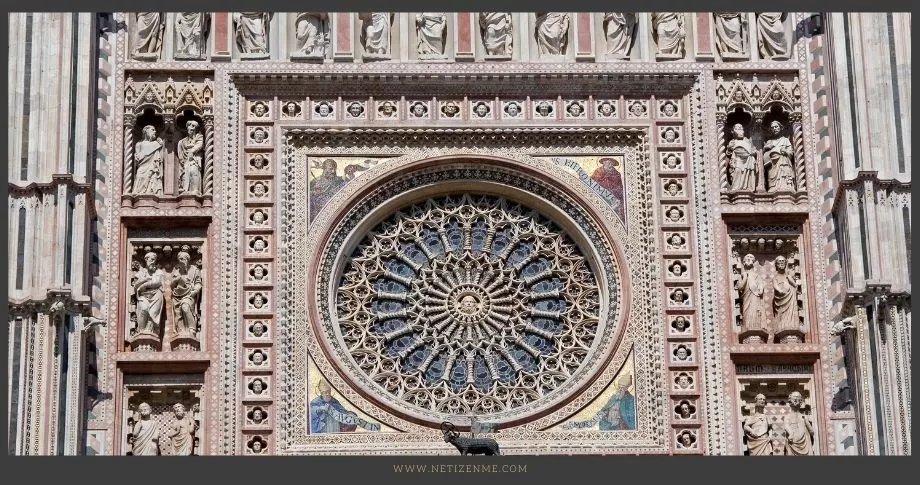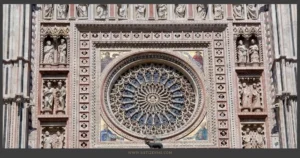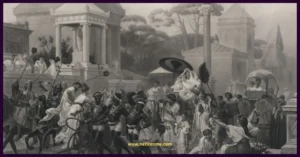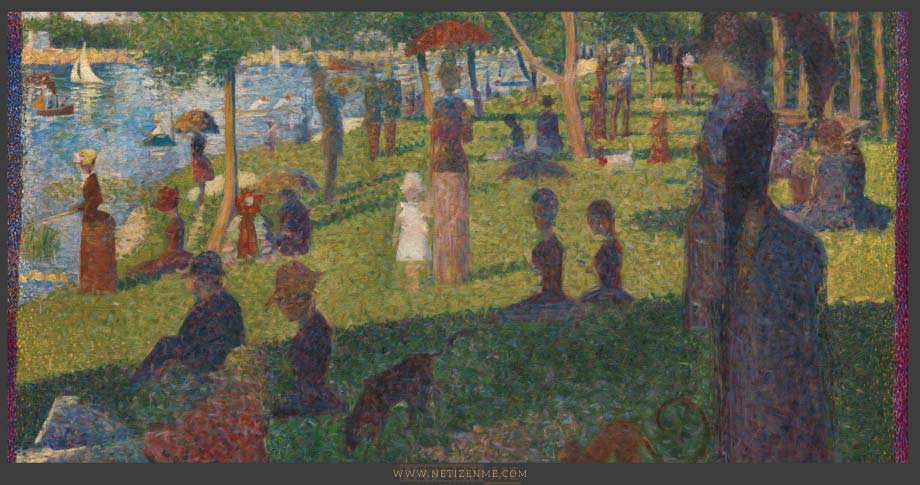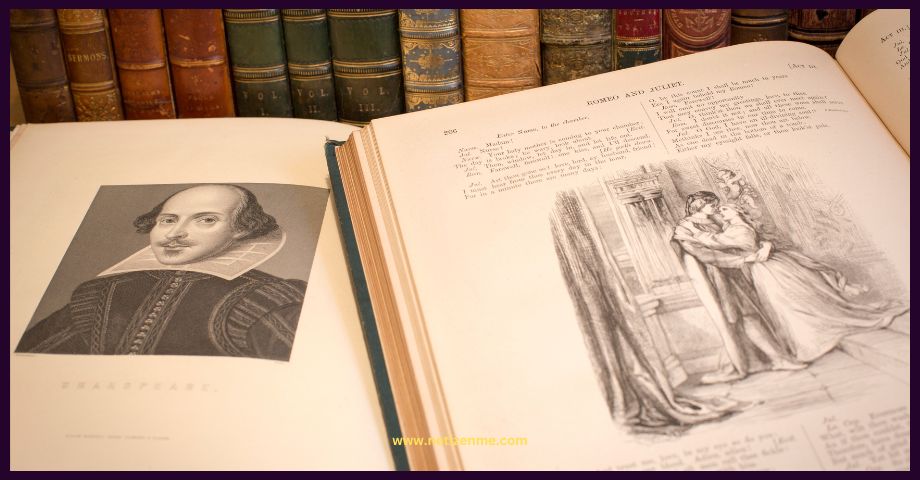Defining the relationship between classical Roman art and early Christian art would hardly be possible without the mention of Roman Emperor Constantine. The man is largely responsible for Christianity’s transition from a persecuted sect of few individuals holding services in catacombs to becoming recognized as the empire’s official religion. Early Christian art also evolved from a pre-Constantine era to a post-Constantine era. Both periods had their fair share of classical Roman art to thank for their advent. In this article, we delve into the influence of classical Rome art and architecture on Christian art and architecture.
The Impact of Classical Roman Art and Architecture on the Development of Christian Art and Architecture
How was the Christian art in the pre-Constantine era?
In the pre-Constantine era, Christian art could almost as well be confused for Roman art at some point. Depictions of Christ did bear a striking resemblance to familiar gods or heroes, such as Apollo or Orpheus, sometime around the 3rd-4th centuries. Before this, several paintings on ceilings and walls of Roman catacombs were the initial forms of Christian art. Indeed, the paintings had vivid imprints of Roman impressionism.
How was the Christian art in the post-Constantine era?
In the post-Constantine era, Christian art had to evolve to fit its new status of imperial importance. This was reflected heavily in early Christian architecture. Before Constantine, domestic architecture was all Christian art had to show. Post-Constantine, the traditional Roman temples were not options as they were pagan structures and lacked the design needed for Christian architecture. Christian churches needed expansive interiors to accommodate a congregation, and Roman temples had bigger exterior portions. This and several other factors birthed the foundation of early Christian architecture, the Christian Basilica.
What are the main characteristics of the Christian basilica?
The Christian Basilicas were huge, imposing structures with high walls that easily intimidated people with their sheer size. The architecture was, however, in no way an entirely new concept. Romans had been building basilicas for centuries before this time, which served as courthouses, formal meeting places, and audience halls in palaces.
Early Christian art might have originated from Classical Roman art, but it soon developed its distinct features. Art became remarkably restrained and formal. A striking feature of human figures was the enormous, peering eyes that depicted the ‘windows of the soul.’ This shift appeared to be of severe emotional import, precisely what was needed for the religion.
- The Hellenization of the Roman Aristocracy

- The Negative Effects of The Roman Conquests

- Roman Military Technology

This article is written by:
Our professional writers and editors are passionate about sharing high-quality information and insights with our audience. We conduct diligent research, maintain fact-checking protocols, and prioritize accuracy and integrity to the best of our capacity.
You can cite our articles under the author name "Netizenme"
